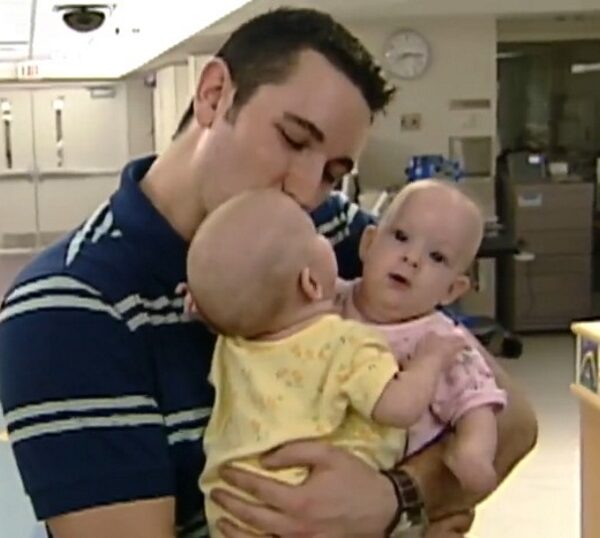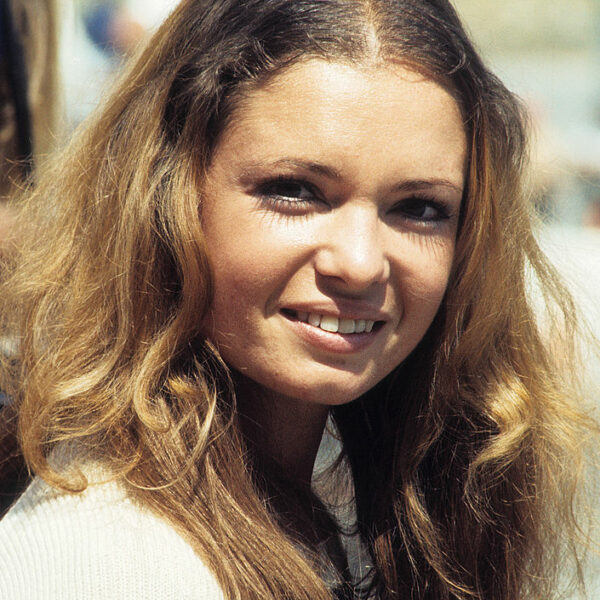Neil Sedaka, who has been with the love of his life for almost 61 years, doesn’t have much experience to draw from when he says, “Breaking Up is Hard to Do.”
The charming “down doobie do down down” singer recently celebrated his 84th birthday, is overflowing with love for his grandchildren, and gushes that he was “born married to his wife.”
Who wouldn’t adore Neil Sedaka? The outstanding vocalist has given us much throughout the years, delighting us with his voice and presence.
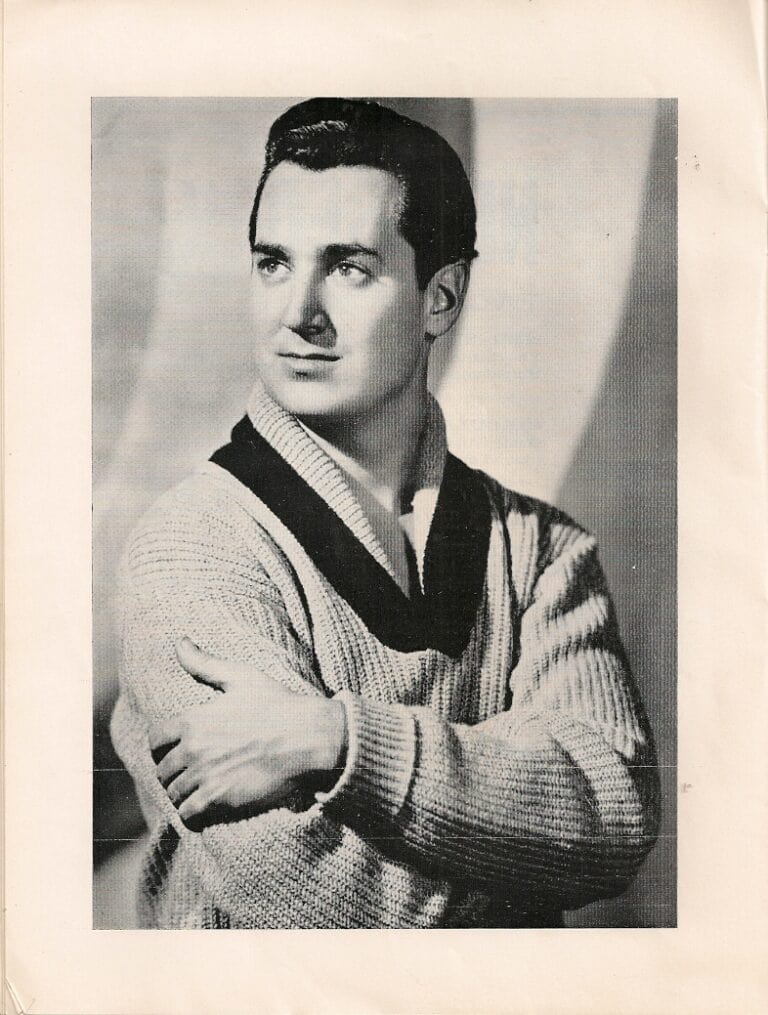
Neil Sedaka, a natural talent who has written and sung some of the most memorable songs in music history, once admitted that he was shy to sing in front of people when he was younger.
Sedaka admitted, “I knew I had a fantastic voice, but I was ashamed because it was so high. But the rabbi was in tears as I sang at my bar mitzvah.”
The classically trained pianist, who was only 13 years old and attended the Julliard Preparatory for Children on a Saturday scholarship program, teamed up with Howard Greenfield, then 16 years old, and the two of them wrote songs for Sedaka’s school band, the Linc-Tones, which would later change its name to the Tokens.
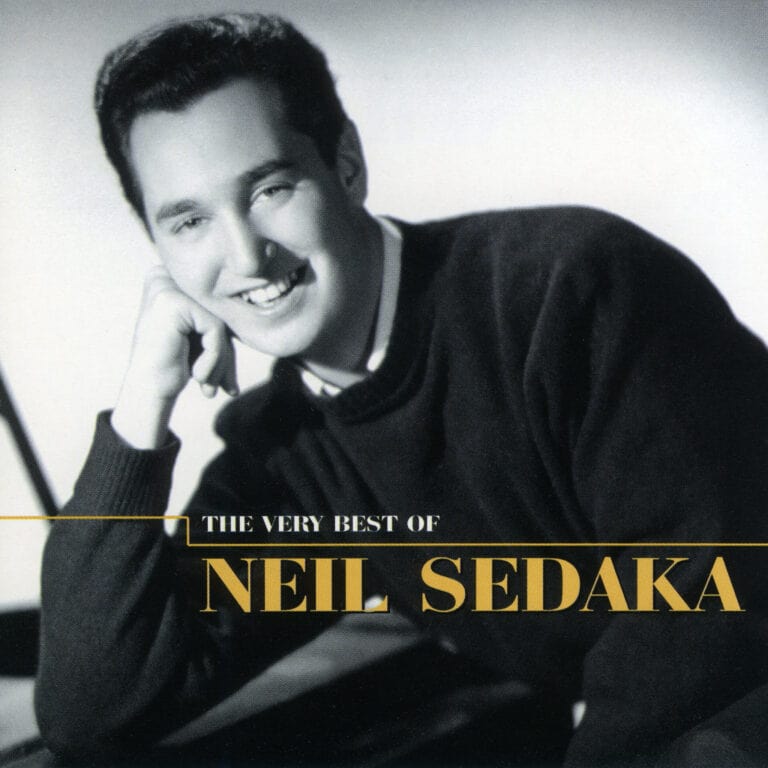
The pair went on to pen top-charting singles like Sedaka’s “Breaking up is Hard to Do,” Captain & Tenille’s “Love will keep us Together,” and Connie Francis’ “Stupid Cupid” while working out of New York’s famed Brill Building.
“There was no window, but we had a piano and a bench in our cell. After you had a popular song, you could only get a room with a window, Sedaka claimed, adding that the two were making $50 weekly. Every day from 9 am to 5 pm, we would write and perform our work for representatives from record labels. Although challenging, it was excellent training.
His famous song “Oh! Carol” (1959), inspired by his high school lover Carole King, was the first in the building to reach the Top 10. He was also the first to record his tunes.
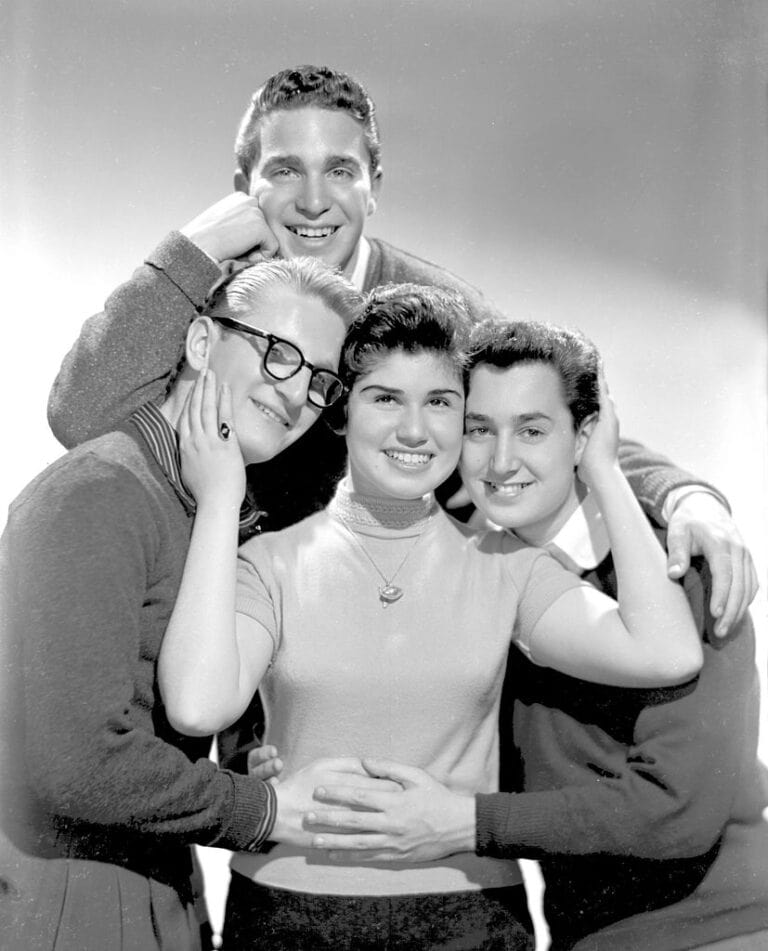
Up to the middle of the 1970s, Greenfield and Sedaka worked together. Greenfield, an out gay man, passed away in 1986 from AIDS-related problems.
In the meantime, Sedaka quit The Tokens at 19, just as the group reached its zenith of prominence in 1961 with “The Lion Sleeps Tonight” and “Tonight I Fell in Love.”
His first three solo albums didn’t do well on the charts, but one song got him an appearance on American Bandstand with Dick Clark, and soon after that, he got a recording deal.
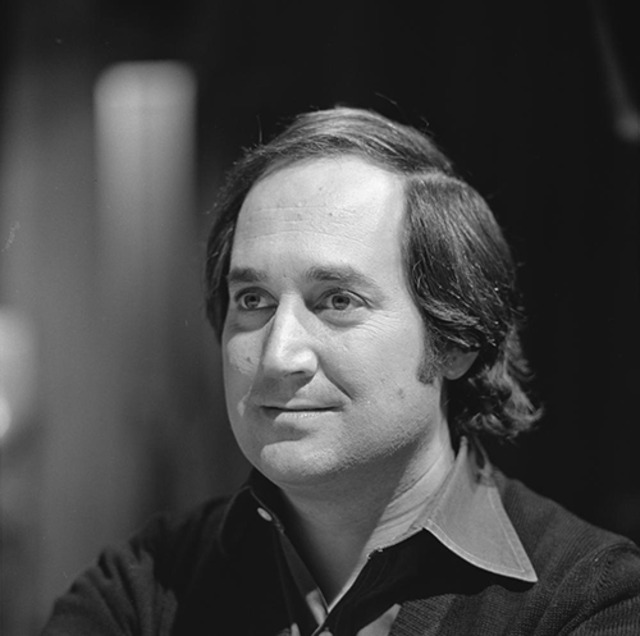
The song “The Diary,” which Sedaka wrote because he genuinely wanted “to look into that little book,” was his first big hit and reached at number 14 on the Billboard Top 100 in 1958. Connie Francis’ diary inspired it. Sedaka’s popularity peaked when he recorded “Calendar Girl,” his sixth hit in just two years, in 1960.
He wed Leba Strassberg in 1962 after they had met while playing at the now-defunct Esther Manor resort in the Catskill Mountains of New York.
Leba’s mother, Esther, a businesswoman who didn’t like to see her daughter being courted by a lowly musician, was a co-owner of the resort.
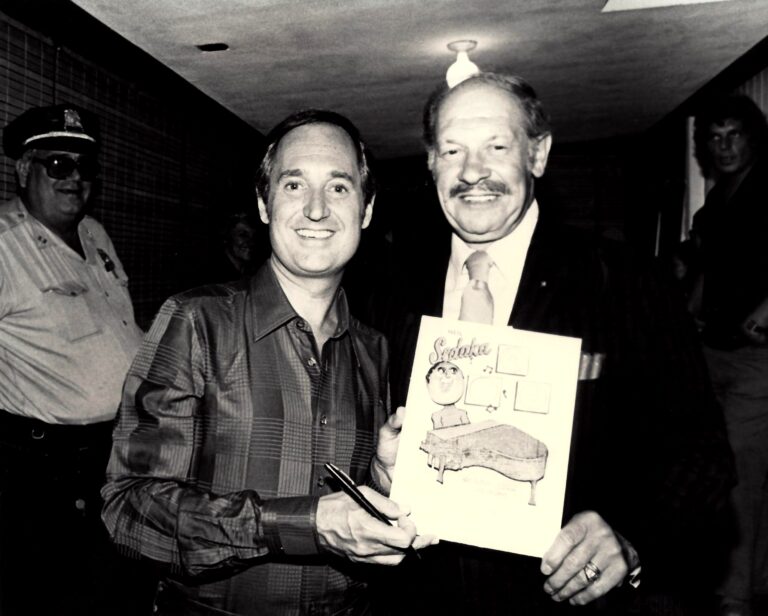
The couple persisted in their relationship despite Esther’s displeasure while coping with Eleanor Sedaka, another interfering mother.
Eleanor had previously admitted going on roller coasters while expecting him to induce miscarriage. She also encouraged her kid to become a classical pianist rather than a pop star.
My father was a taxi driver and never made more than $10,000 a year,” Sedaka said, adding that he made the mistake of giving the money to his mother, who later controlled most of his rights as an artist, including his royalties and finances. “She soon changed her mind when I got a royalty cheque for $62,000 for ‘Stupid Cupid.
“After the initial shock, I also learned about and accepted him because of my father. In a way, I even understood it. My dad was very frugal, whereas the other man bought her jewelry and furs and took her to lovely places, and my parents shared two rooms with nine other family members. He said only they were enjoying the good life while using my money. Thousands of thousands of dollars were spent by them. Nothing, not even my taxes, could I pay. We had to start from scratch, my wife and I.”
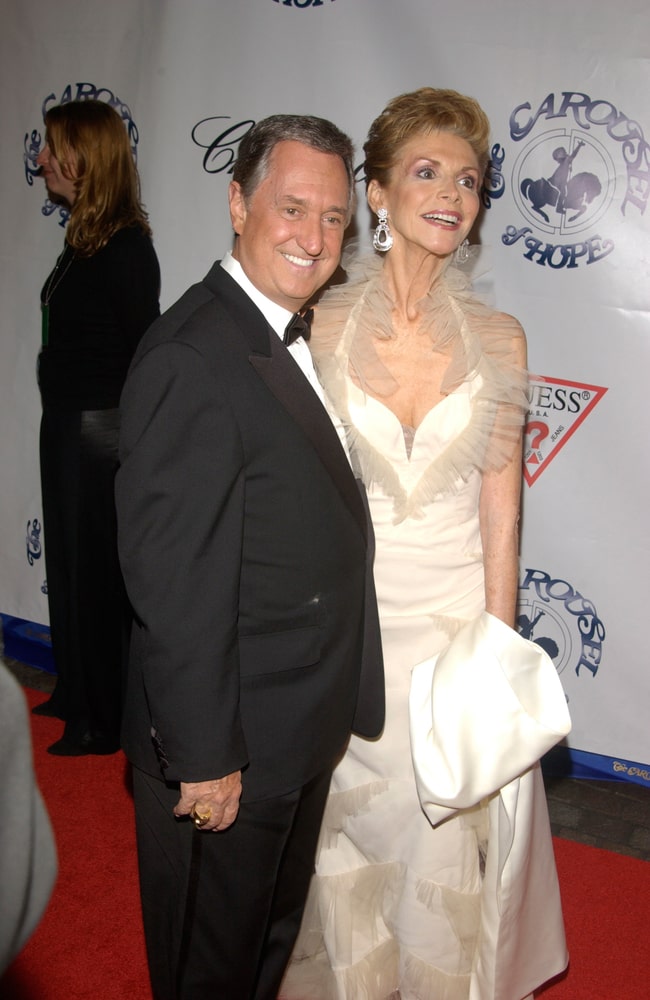
Sedaka expelled his mother’s boyfriend and said Eleanor nearly overdosed on sleeping pills “because she couldn’t stand to see her son and her lover at odds.” She said she was unaware they were using my money. For a full year, I didn’t speak to her.
At that point, his faithful wife took over as his new manager.
Sedaka’s career was about to take off when The Beatles arrived and ruined everything.
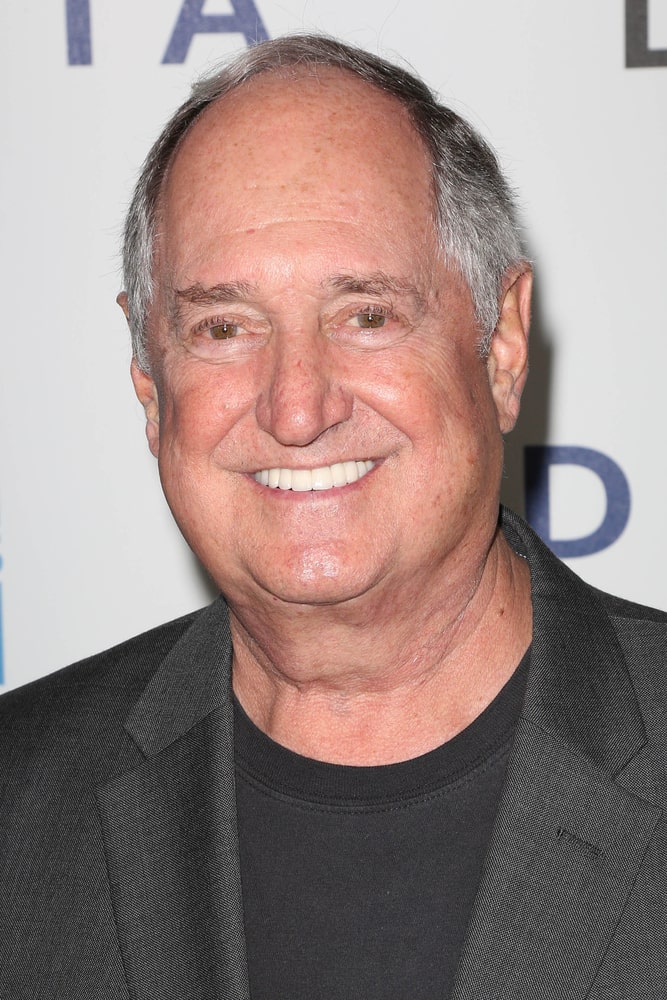
He continued to write songs for others, but his declining chart success in the U.S. prompted him to relocate Leba and their kids, Dara and Marc, to London, the capital of hit creators.
“Well, I used to walk down the street, and people would ask, ‘Didn’t you used to be Neil Sedaka?’” Sedaka said about his decline in popularity. I responded, “Well, you haven’t heard the last of me. I’m still Neil Sedaka. I had to alter my approach. I first met Elton John in the beginning of the 1970s. Have you heard of him?
Sedaka, who met the “I’m Still Standing” singer at a party in London, claimed he was urged to sign with the Rocket Record Company, John’s previous record label.
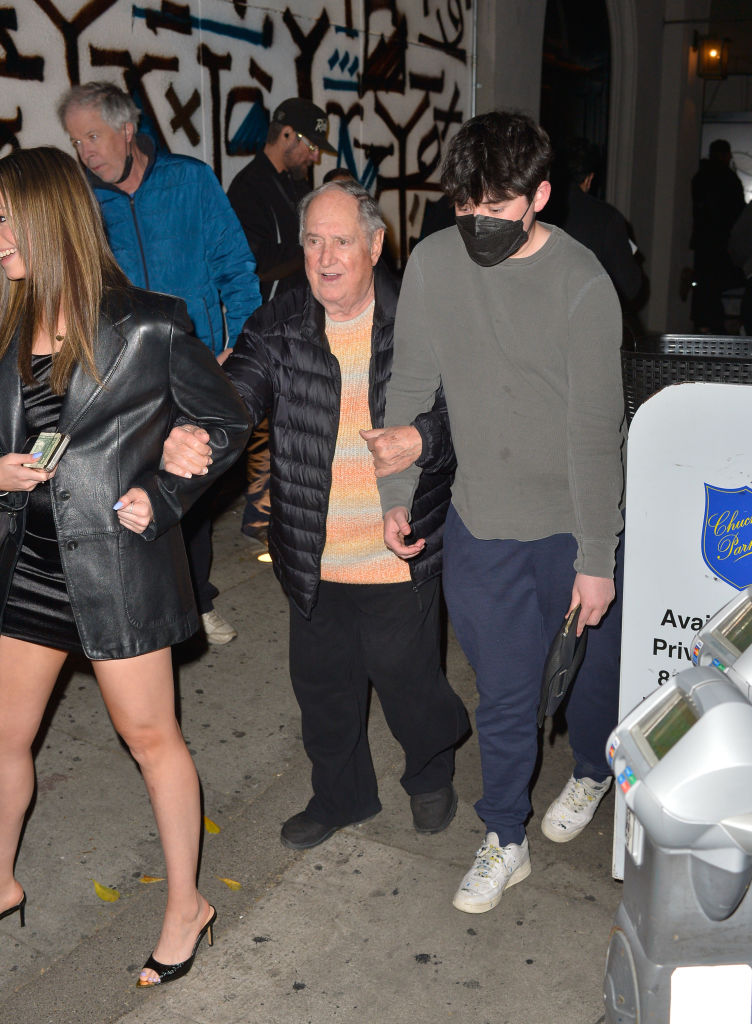
And, as the album’s title suggests, Sedaka’s career soared with the release of “Sedaka’s Back” in 1974, the first of three albums he recorded with Elton John, and the singer was once more having success on the American charts.
After being inducted into the Songwriters Hall of Fame in 1983, he received a star on the Hollywood Walk of Fame.
He was a guest judge on American Idol in 2003 when season two runner-up Clay Aiken later recorded and released “Solitaire,” a song by Neil Sedaka from 1972, which became the best-selling single of the following year.
Sedaka began posting tiny concerts on social media during COVID to keep fans entertained, and last September, in honor of his 60th wedding anniversary with Leba, he released a unique concert that included three songs he wrote specifically for her.
“I’d like to dedicate today’s mini-concert to my beautiful wife, Leba,” the touching ode begins. We will commemorate our 60th Anniversary in September. Here are three tracks that were created particularly for Leba.
Sedaka announced his affiliation with Cameo in a video he shared on Facebook at the beginning of May. He said he was excited to accept requests for birthdays, anniversaries, or any other special occasion where he could give a personalized message.
With a few bars of “Breaking Up is Hard to Do,” he closed the brief piece, earning acclaim from his audience. One person commented, “I’ve loved your music since I was a teenager, and I’m 75 now. Do not stop, please.
Another admirer sent Neil a heartfelt note that many people can identify with: “Dear Neil, your songs lighten the day. I frequently catch myself singing the melodies you composed. They seem to have merged with me. I appreciate the happiness you bring to the world.”
Sedaka continues to make people smile with his music, but his main priorities are his wife and family.
“If you’re fortunate enough to have a friend who takes care of it for you, that’s a wonderful gift,” according to Sedaka, a loving grandfather of three children, including a pair of twins.
Regarding their children, Marc (born 1967) is a writer and editor for TV and cinema, and Dara (born 1963) is an actress and singer renowned for films like Where the Boys Are.
Sedaka commented about his flourishing career, “I could have been bigger, but I wasn’t controversial enough. I avoided drug use and wrecking balls. There were no controversies in my personal life.You cannot say I didn’t achieve fame because I had talent and a hunger for it.
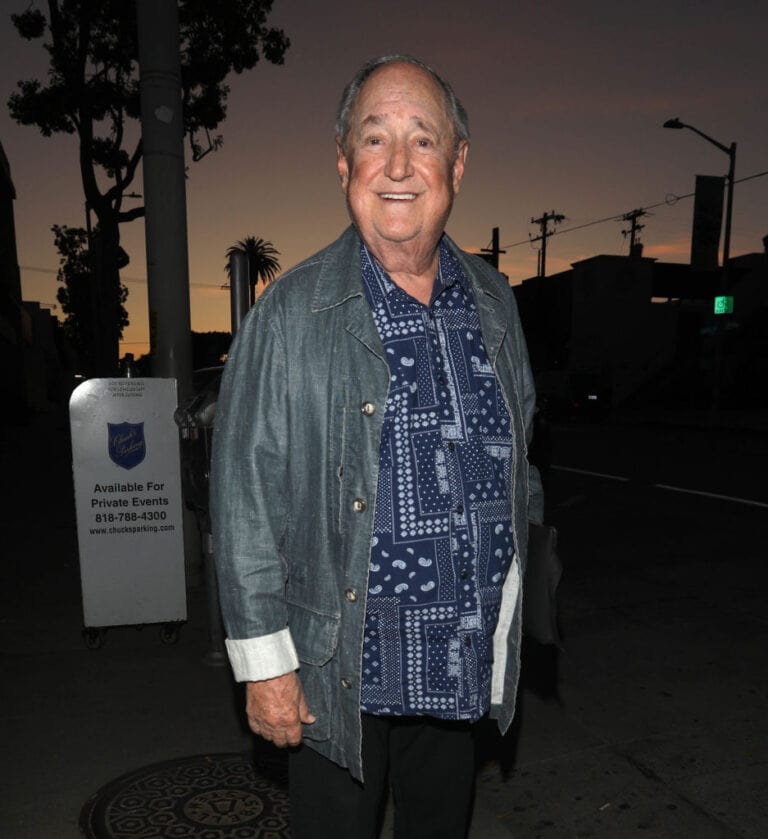
The fact that Neil Sedaka and Leba have been together for such a long time and haven’t let celebrity ruin their happy marriage is very admirable.
He is a truly gifted musician whose work will undoubtedly impact future generations. We appreciate you giving us a glimpse into your life and music. Which of his songs, whether he wrote or performed them, is your favorite?
